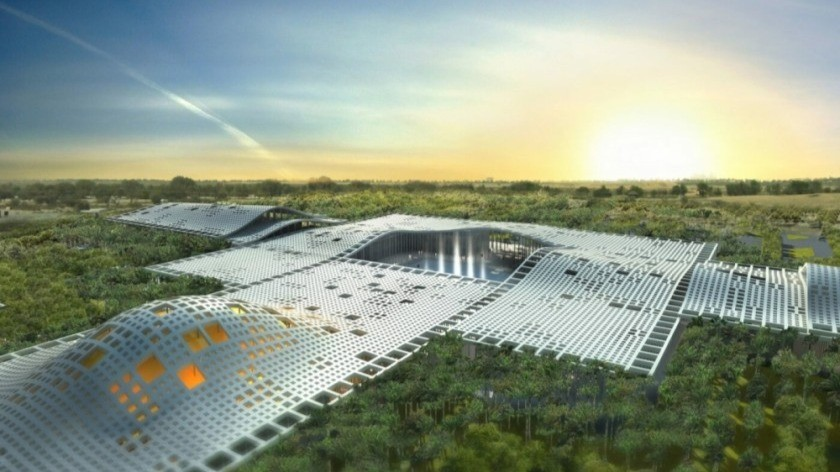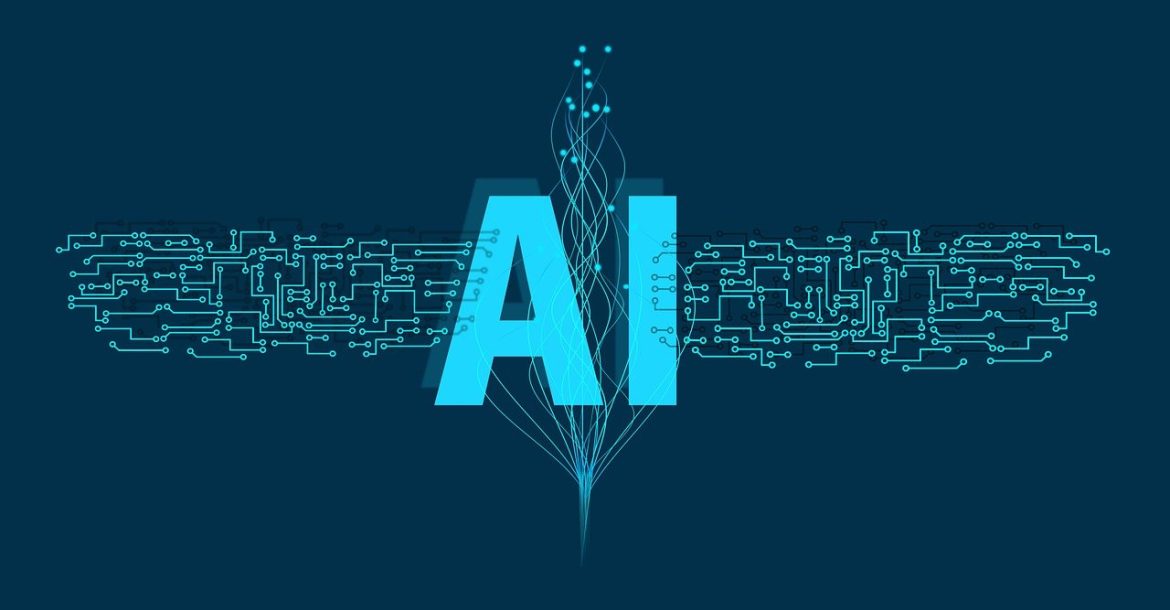In an era of rapid modernisation, Oman’s ancient heritage stands as an emblem of identity, memory, and shared history. Technology now plays a vital, positive role in preserving that heritage, not replacing it, but amplifying and safeguarding it for future generations. Below, we explore how digital tools empower Oman’s cultural legacy with human centred purpose.
Digital Archiving and Virtual Museums
Technology enables Oman’s heritage to be archived in durable, accessible digital formats. High resolution imaging and 3D scanning of artifacts, buildings, and manuscripts create accurate digital twins. These digital replicas preserve details that might fade over time, such as delicate inscriptions or vibrant architectural patterns.
Virtual museums and online galleries offer global access to Oman’s heritage. Those who cannot visit in person, from students to international admirers, can explore ancient forts, historic dhow boats, and intricate mosque designs. These experiences foster cultural understanding and pride across borders.
Interactive Storytelling and Educational Platforms
Interactive storytelling platforms such as immersive timelines, narrated virtual tours, and multimedia exhibitions engage people in Oman’s history in meaningful ways. Children and young learners can journey through time, witnessing the rise of ancient trade routes, the craftsmanship of artisans, and the rhythms of traditional music and dance.
Educational apps and e learning modules tailored for schools in Oman integrate local heritage into curricula. Students can explore interactive maps that trace frankincense trade routes or scroll through annotated manuscripts of Omani poetry. These tools deepen connection to heritage and make learning enjoyable and relevant.

Augmented Reality (AR) and Virtual Reality (VR) Experiences
AR and VR bring Oman’s cultural sites to life in both physical and virtual spaces. Visitors to historic forts or souqs can use AR guides via smartphone or tablet to view restoration overlays, hear oral histories, or see reconstructions of past life. VR headsets allow users, whether locally or abroad, to virtually walk through centuries old palaces, restoration sites, or ancient villages.
These immersive experiences evoke emotional resonance, building empathy and appreciation for Omani traditions and architecture. Digital reconstructions also serve as invaluable records in case of damage or deterioration, ensuring that even changes or loss in the real world remain documented.
Digital Storytelling of Oral Traditions and Intangible Culture
Much of Oman’s cultural richness resides in oral traditions, folk tales, proverbs, tribal songs, poetry, music, and ritual knowledge. Technology enables the recording and digital preservation of storytellers, musicians, and elders who convey this intangible heritage.
Audio archives, video documentaries, and digital storytelling platforms can capture spoken dialects, genealogies, poetry recitations, and the rhythmic cadence of traditional Omani drumming. These recordings keep traditions alive, deeply human, and accessible to researchers, younger generations, and wider audiences.
Collaborative Platforms and Community Engagement
Digital platforms facilitate collaboration among cultural institutions, local communities, scholars, and youth. Oman’s museums, heritage centers, and universities can contribute data, images, and oral history interviews to centralised digital hubs.
Community driven projects invite families, students, artisans, and tribal members to share photographs, memories, and stories. This crowd sourced approach strengthens stewardship and fosters genuine emotional investment in cultural preservation. By humanising technology, these platforms bridge generations and bring heritage into everyday life.
Preservation of Manuscripts, Documents, and Libraries
Oman’s libraries and manuscript collections contain centuries old Islamic calligraphy, travelogues, genealogies, and legal documents. Digitising these precious texts ensures they remain legible, accessible, and protected from physical damage.
High quality scans, Unicode text indexing, and searchable XML databases allow researchers, students, and history lovers to browse, search, and study these works globally. Digitally archived manuscripts also support translation, transcription, and annotation, broadening the reach of Omani scholarship and preserving it for generations to come.
Restoration, Monitoring, and Conservation Technology
Technology supports the conservation of Oman’s historic buildings and archaeological sites. Drones, LiDAR, and remote sensing map structures in detail and monitor environmental threats like erosion or humidity damage.
These data empower preservationists to plan precise restoration interventions before irreversible damage occurs. Smart sensors in key heritage sites can detect changes over time and alert teams to potential issues, ensuring timely expert care. Technology thus becomes a watchful guardian of Oman’s physical heritage.
Social Media and Global Awareness
Social media platforms offer powerful tools to share Oman’s heritage with the world. Ministries, museums, artisans, and cultural ambassadors use Instagram, YouTube, Twitter, and TikTok to broadcast glimpses of traditional crafts, festivals, landscapes, and heritage sites.
By using professional video storytelling and authentic grassroots voices alike, Oman projects a living, dynamic image of its culture. Viral posts can spark global curiosity and pride, reaching younger audiences and diaspora communities. Positive, human centred narratives help preserve heritage by nurturing global appreciation.
Digital Heritage Tourism and Creative Economy
Digitally rich cultural content enriches the tourism experience. Visitors can plan trips through virtual previews of forts, souqs, and desert architecture. Interactive heritage trails guided by smartphone apps offer real time maps, audio guides, and cultural stories on the go.
Local artisans and creative entrepreneurs can tap into online platforms to sell traditional crafts, share live demonstrations, or teach heritage based workshops via live stream or recorded courses. This synergy between digital technology and creative heritage supports livelihoods while strengthening cultural identity.

Ethical Sensitivity and Inclusivity in Preservation
It is vital that digital preservation respects community ownership, local custodianship, and cultural sensitivity. Omani voices, tribal elders, artisans, and educators must remain central in determining what gets digitized, how it is presented, and how access is managed.
Digital platforms should offer multiple language options, including Arabic and local dialects, and ensure respectful access and representation. Inclusive design ensures that all communities, including remote rural regions, see themselves reflected in the digital archive.
Ensuring Longevity: Digital Standards and Open Access
Sustainable preservation requires robust digital standards: open format file types, metadata standards, regular data migration, and multiple backups in secure digital repositories.
Open access portals that are free or easily accessible ensure that Oman’s heritage remains in shared stewardship, not locked behind paywalls or proprietary systems. Public private partnerships with universities, heritage NGOs, and international cultural bodies can support technical infrastructure and ongoing maintenance.
Future Ready Innovation
Emerging technologies like AI and machine learning offer new possibilities: automated recognition of artifacts and inscriptions, stylistic categorization of crafts, voice to text transcription of recorded oral histories, and virtual restoration visualizations.
Custom AI models trained on Omani cultural data can help translate dialects, predict heritage risk areas, or even recreate lost designs. When guided by human expertise and cultural care, these tools unlock future ready preservation without sacrificing authenticity.
Conclusion
Technology acts as a generous, human focused ally in preserving Oman’s cultural heritage. It amplifies the voices of artisans and elders, safeguards manuscripts and monuments, invites global connection, and nurtures living traditions.
This digital renaissance neither replaces traditional custodians nor diminishes authenticity, it empowers them. As Oman continues to embrace digital tools, from 3D scanning to social storytelling, AR tours to AI enhanced archives, its heritage becomes more resilient, more connected, and more deeply human.
In preserving the treasures of the past, Oman’s digital journey becomes a journey of identity, pride, and shared memory, a narrative written not only in stone and text, but in pixels, voices, and living stories that will inspire generations to come.
Do follow Gulf Magazine on Instagram.
Also Read – Powerful Gamification Techniques Boosting Engagement in Omani Learning Apps



